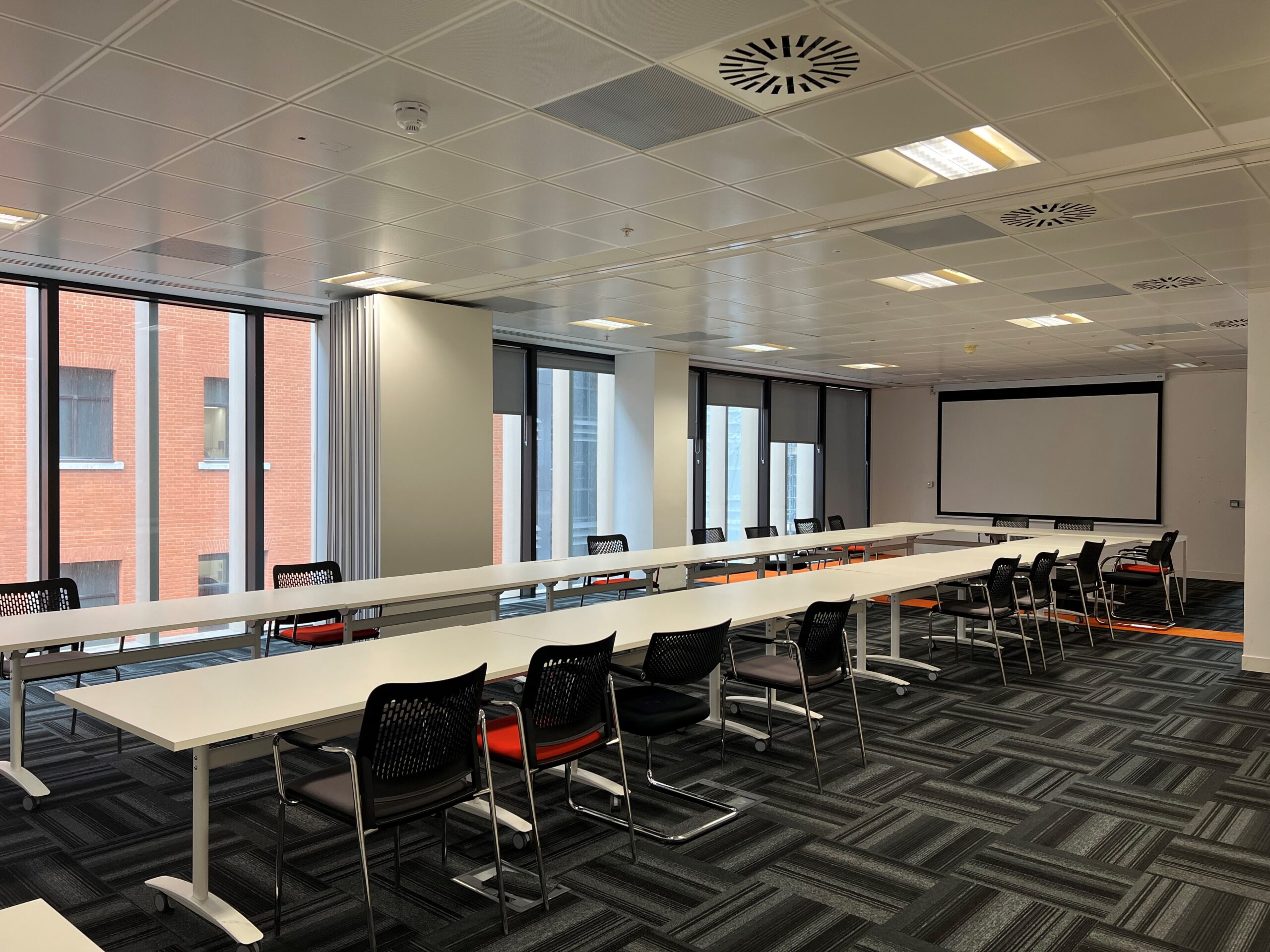About Community Infrastructure Levy and it’s mitigation
Community Infrastructure Levy (“CIL”) was introduced under the Community Infrastructure Regulations 2010 (and subsequent amendments). It is a system for raising funds from developers towards the cost of infrastructure works in a local authority area and is intended to be fairer than individual negotiation of section 106 payments.
Each local planning authority decides their charging rates, which range from zero (for desired development in a particular area) up to £750 per square metre (for residential development in some areas of Kensington & Chelsea). Most local authorities have now adopted CIL.
The method of charge is set at a rate per square metre of the gross internal area of a building for which permission is given, with certain permitted deductions. One such deduction is a notional offset of the area of buildings previously on the site with the effect of reducing the amount of CIL payable accordingly. To qualify for the deduction, the building must “contain a part that has been in lawful use for a continuous period of at least six months within the period of three years ending on the day planning permission first permits the chargeable development”.
In situations where a building has not been in lawful use for the minimum six-month period within the three years prior to planning permission being granted, VSM are able to organise a business operation to run for the required minimum six-month period. This does of course delay the planning process by at least the six months, however the CIL savings can be significant when measured against the cost of such a delay.



